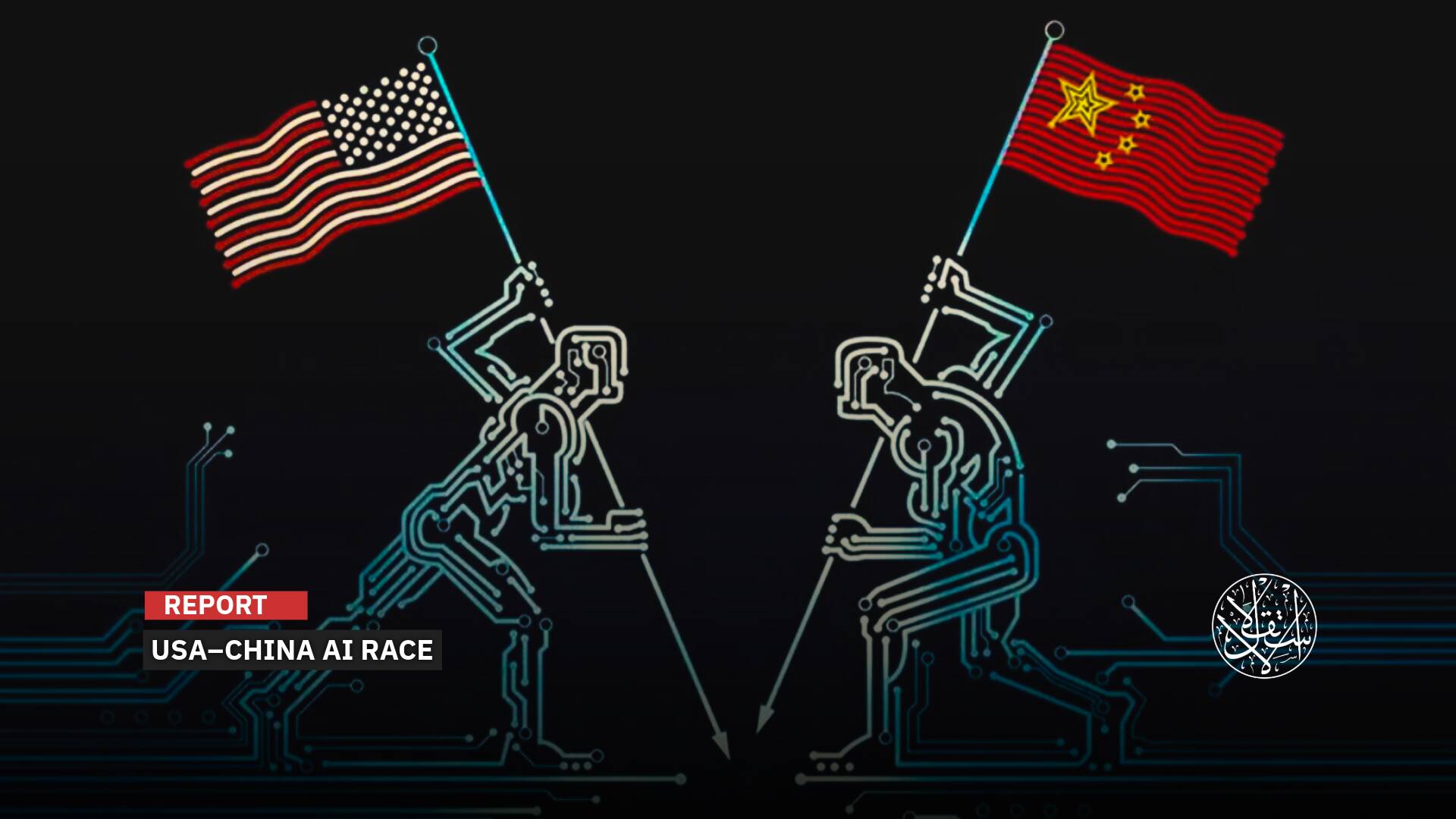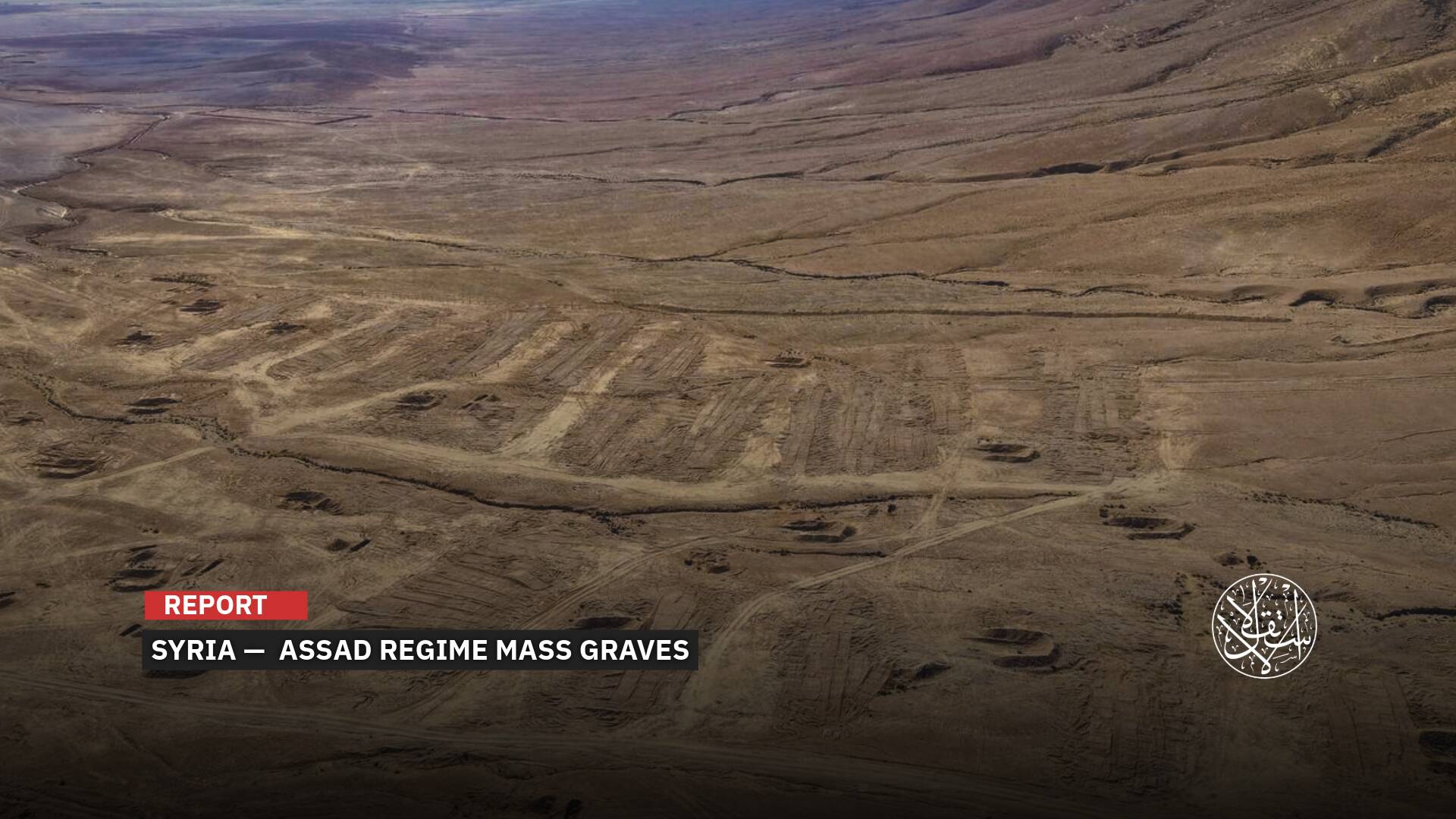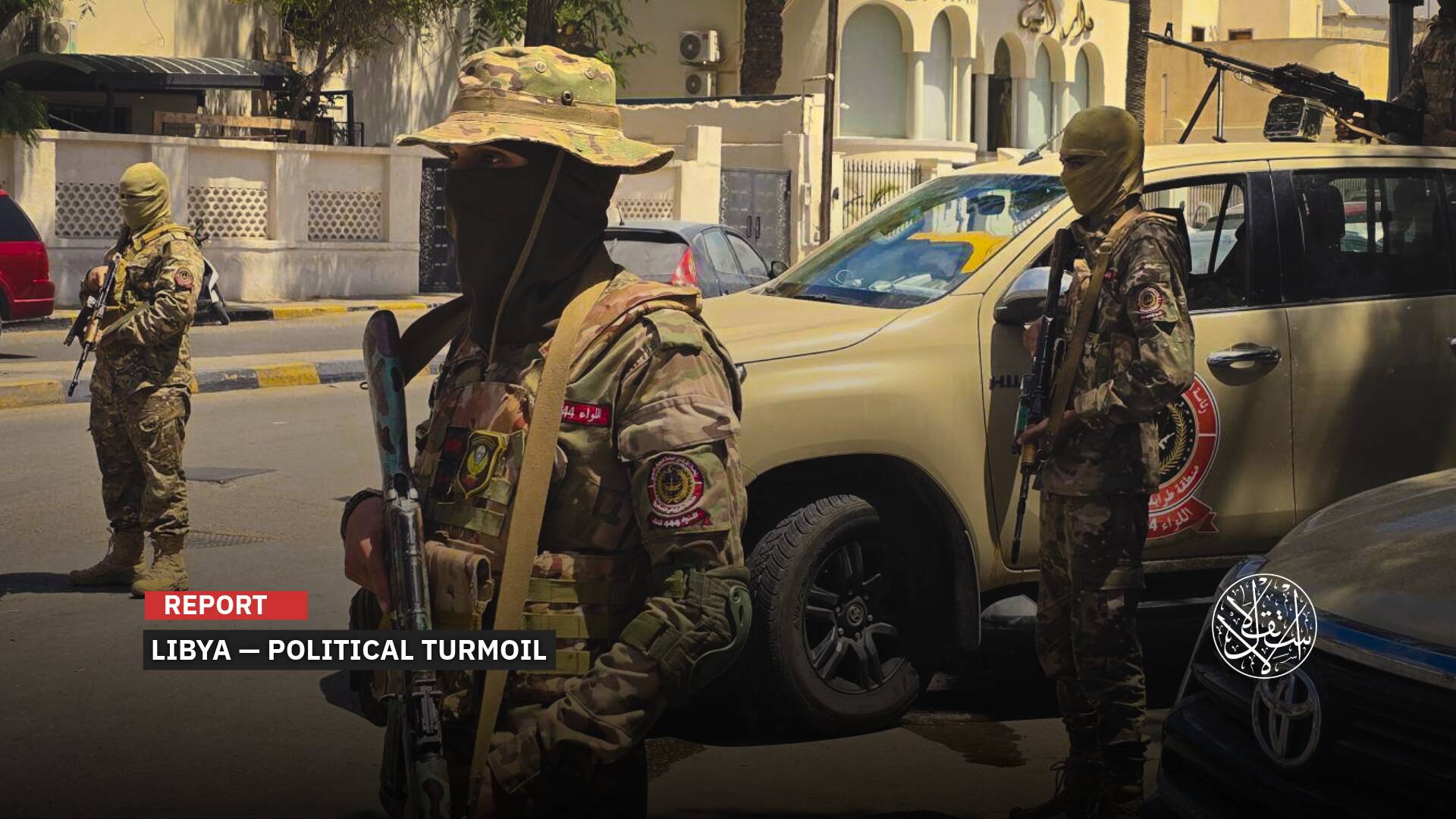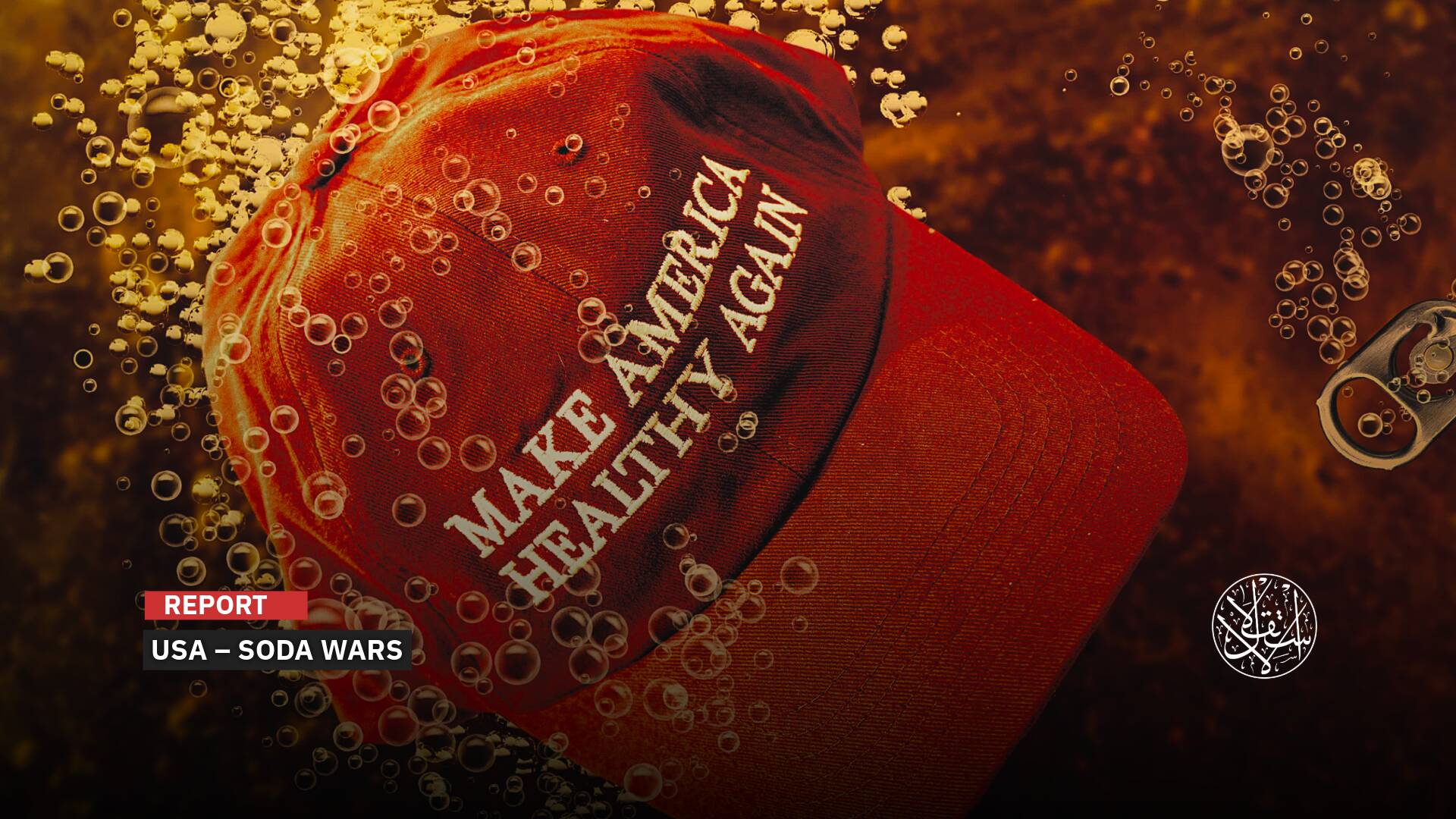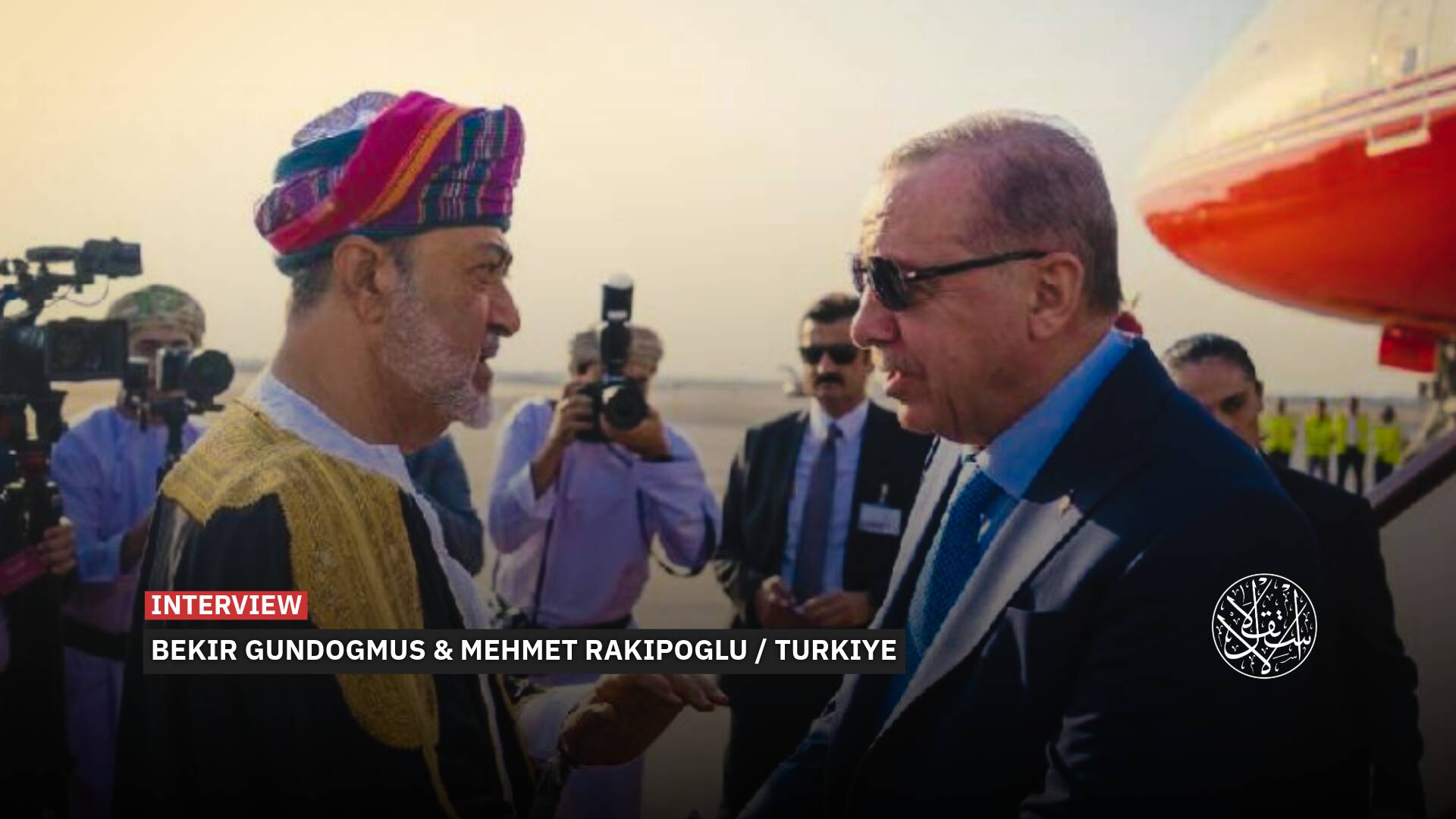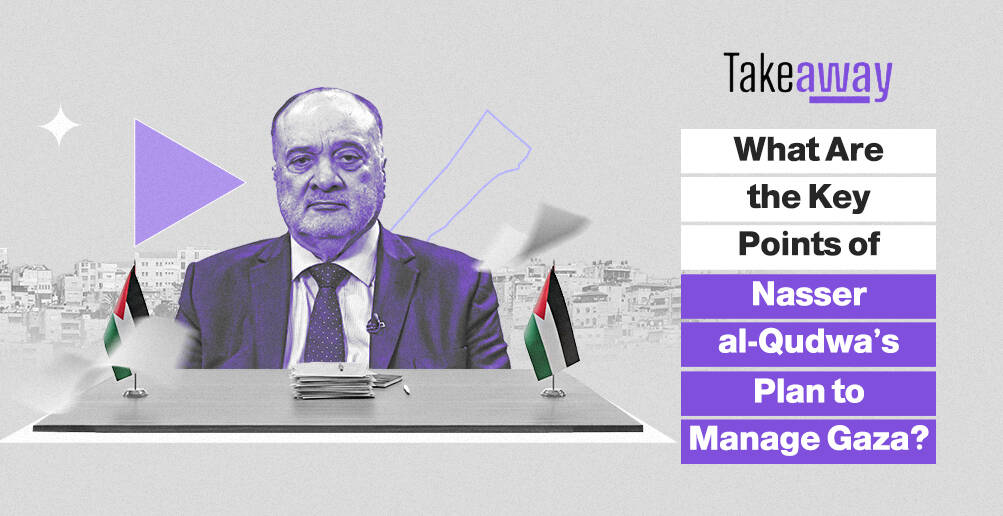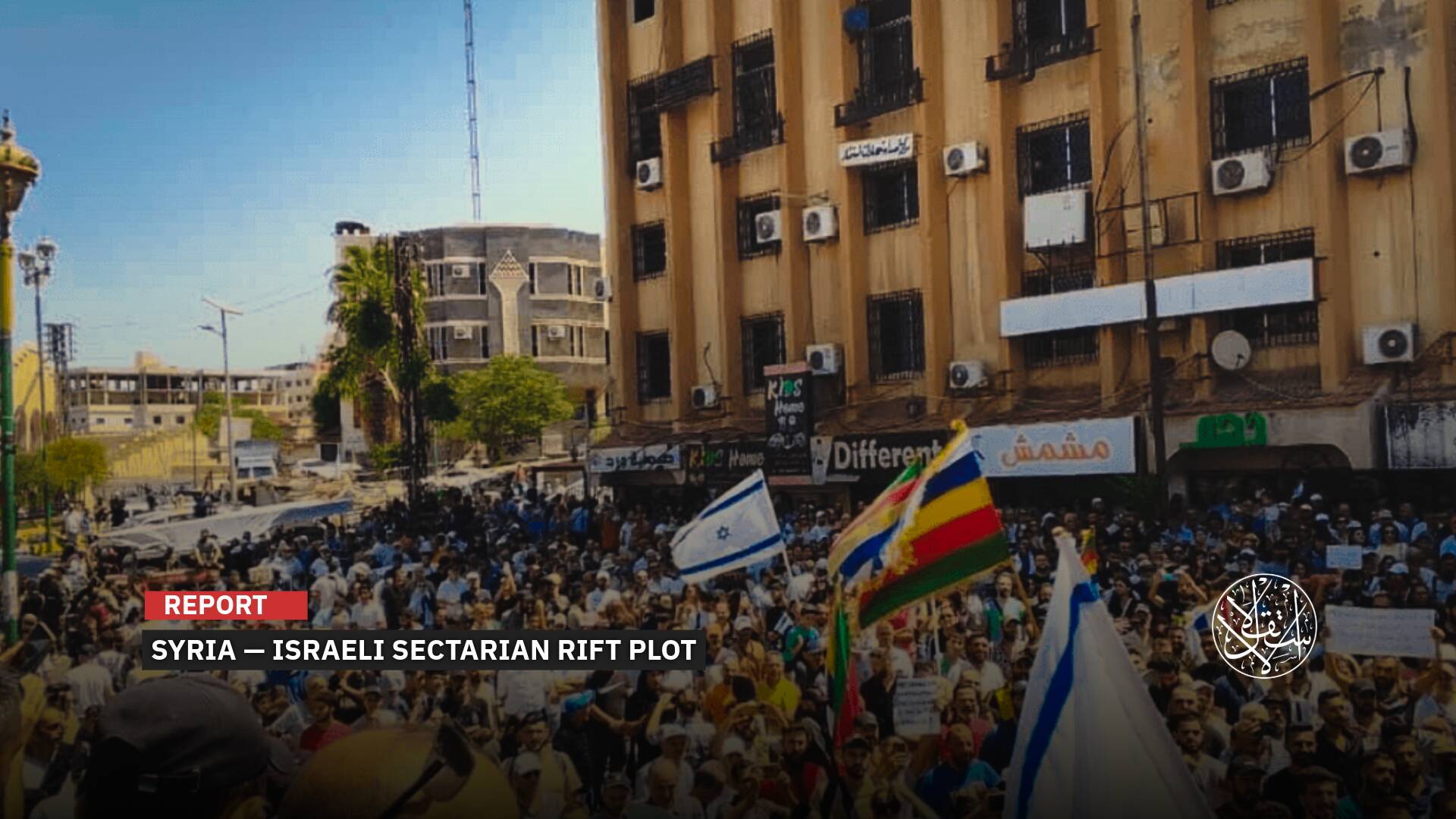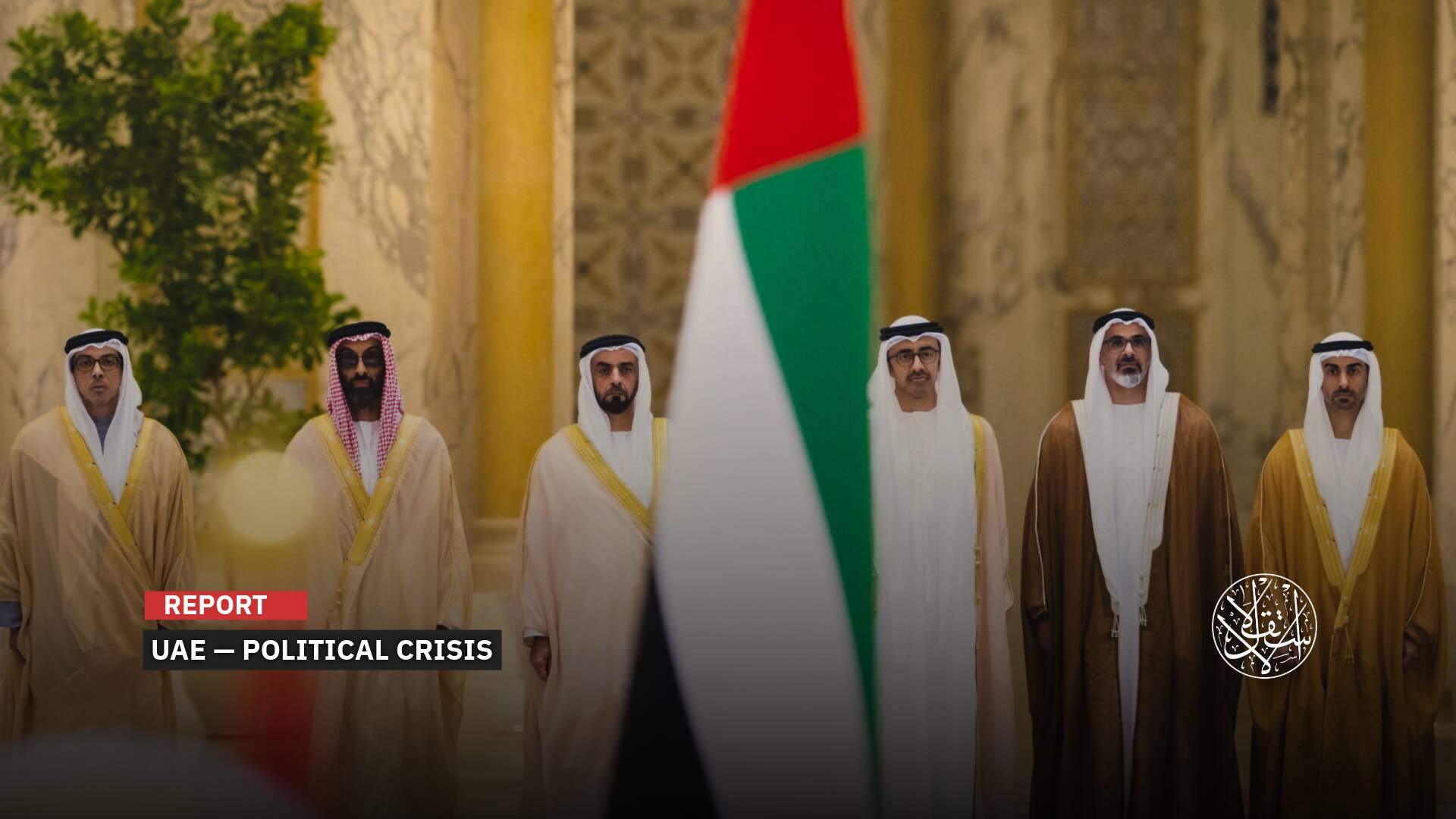Ramadan Amid the Rubble: Gaza Fasts in Hunger and Breaks Its Fast in Suffering

The vibrant colors that once adorned the streets have vanished, replaced by endless rubble and debris.
As Ramadan begins, Gaza’s streets seem to have lost a part of their soul. The familiar aromas of fresh bread, qatayef, and Ramadan delicacies no longer fill the air, leaving behind an emptiness where warmth and tradition once thrived.
This Ramadan is unlike any before. The relentless siege and the devastation of the Israeli Occupation’s latest genocide have turned Iftar from a moment of togetherness and celebration into a mere struggle for survival.
Markets that once bustled with life before sunset now tell a different story—scarce goods, soaring prices, and weary faces searching for the bare necessities.
Even the vibrant colors that once adorned the streets have disappeared, replaced by endless rubble and ruin—a stark reflection of Gaza’s enduring suffering.

Struggling for Food
Families in Gaza are now fighting to secure even the bare minimum of food amid soaring prices, dwindling humanitarian aid, and an unprecedented economic collapse.
According to a December 2024 report by the Palestinian Central Bureau of Statistics, the cost of living in Gaza has skyrocketed by 490% after 13 months of relentless Israeli aggression.
The crisis goes beyond purchasing power—it’s about availability. Finding basic staples like bread has become an achievement in itself.
Journalist Mohamed Abu Shahma summarizes the daily struggle: “Securing a place to live amid the widespread destruction is already a challenge.”
“But even if you find shelter, you’ll still need to figure out how to light it for Iftar, with Gaza having been plunged into total darkness for over 15 months,” he told Al-Estiklal.
Since October 7, 2023, when Operation al-Aqsa Flood began, “Israel” has cut off electricity and blocked fuel supplies, forcing Gaza into an unrelenting blackout.
Many turned to fuel-powered generators, but with the siege dragging on, reserves ran out. Even solar energy, once a lifeline for some families, was targeted in Israeli bombings, making survival even harder.
Mahmoud Abdel Aal, a 39-year-old from northern Gaza, describes the dire reality: “Life here has gone back to the Stone Age—no electricity, no water, and barely any food.”
He recalls how Ramadan once brought a brief respite to Gaza’s hardships.
“We used to walk through lively markets glowing with lanterns, a reminder that even in crisis, this month brought people together. Now, everything has changed,” Abdel Al told Al-Estiklal.
With homes, food, medicine, and water all in short supply, the struggle for survival overshadows the spirit of Ramadan. “Despite years of hardship under the blockade, Ramadan always felt different,” he added.
“Solidarity and kindness helped ease the pain—but this year, even that feels distant.”

Crisis Deepened
Beyond food and electricity shortages, Gaza is also facing a severe water crisis, with only 40% of the city having access to water, according to official reports.
“The water supply reaching residents is extremely scarce and fails to meet their needs. The damage to water networks is massive, especially in areas recently vacated by Israeli forces,” Gaza Municipality spokesperson Asem al-Nabih posted on X.
He further revealed that 75% of central water wells had been damaged during the assault, stressing: “We urgently need specialized materials and equipment to repair wells and water networks to alleviate the suffering of the people.”
“Israel” not only refused to allow the entry of these essential supplies but also deepened the crisis by cutting off electricity to two desalination plants that provide drinking water to nearly 70% of Deir al-Balah’s population in central Gaza.
This move has dire consequences for homes, hospitals, and shelters, as alternative sources are nearly nonexistent due to the destruction of over three-quarters of Gaza’s water wells.
On March 3, 2025, the Deir al-Balah Municipality stated that the two plants together produce around 20,000 cubic meters of desalinated water daily.
Director General of Planning, Water and Sanitation in the Gaza Municipality, Maher Ashour Salem, warned that “the amount of water currently available in the Strip is less than 25 percent of the normal quantities,” explaining that more than 70 percent of water had been lost due to Israeli Occupation’s destruction of the water supply lines.
He warned of a looming humanitarian disaster if the Israeli water company cut off the water supply, which makes up 80 percent of the currently available water.
“The loss of this vital water source will severely affect domestic use, hospitals and shelters, amid almost non-existent alternative water sources as a result of the destruction of more than three-quarters of the water wells in the Gaza Strip,” Salem said.
The Israeli Occupation’s latest decision comes amid an escalating humanitarian disaster. After more than 15 months of relentless bombardment, Gaza’s infrastructure—especially the water sector—has been pushed to the brink of collapse.
On March 2, 2025, Israeli Prime Minister Benjamin Netanyahu ordered a halt to humanitarian aid deliveries to Gaza, just hours after the first phase of a ceasefire and prisoner exchange deal ended, and as “Israel” obstructed talks for the second phase.
The ceasefire and exchange agreement, which took effect on January 19, 2025, outlines a three-phase plan, each phase lasting 42 days.

Soaring Prices and Scarce Supplies
Following the Israeli Occupation’s announcement to halt aid deliveries and close the Kerem Shalom crossing, the prices of essential goods skyrocketed, making them unaffordable for most families and worsening their hardship at the start of Ramadan.
Mahmoud Abdel Aal noted that prices were already high before the closure, but they surged immediately after the decision.
For instance, he recounted how the price of frozen chicken jumped from 21 to 38 shekels overnight (1 USD = 3.63 shekels).
Throughout the war, Gaza’s merchants have faced accusations of hoarding and price gouging, as costs often spike with each new military escalation.
Journalist Abu Shahma told Al-Estiklal that since the ceasefire, only a few non-essential products—such as certain chocolates and beverages—have entered Gaza.
Fresh meat remains unavailable as “Israel” continues to ban the entry of poultry and cattle, allowing only frozen alternatives.
“The frozen chicken being allowed in is unregulated—lacking oversight from any economic or health authority—without expiration dates or nutritional value,” he added.
The price of frozen red meat has climbed to 50 shekels per kilogram, while frozen chicken now averages 35 shekels per kilogram. Meanwhile, the cheapest fish costs 100 shekels per kilogram, according to Abu Shahma.
“A family of five now needs more than $50 just to prepare a single Iftar meal due to soaring prices,” he said.
Under the humanitarian provisions of the ceasefire agreement, at least 600 aid trucks were supposed to enter Gaza daily. However, the actual number has been below 300, as previously confirmed by Ismail al-Thawabta, Director General of Gaza’s Government Media Office.
“Israel” has blocked the entry of essential food supplies in sufficient quantities, worsening hunger and malnutrition. Even before the latest border closures, incoming aid covered less than 20% of Palestinian needs, exacerbating the humanitarian crisis.
With this dire situation, Gaza’s food stocks are nearly depleted. More than 250,000 families—totaling two million people—now rely on limited aid that barely meets basic survival needs.
Today, 80% of Gaza’s population is entirely dependent on food assistance to survive, as their livelihoods have been destroyed amid relentless siege, widespread devastation, and an uncertain future.


